- Home |
- Search Results |
- David Attenborough: The future of all life depends on our willingness to take action now
'That the natural world is resilient gives me great hope. Technology also offers hope, that revolutionary ways will be found to store and transmit energy from renewable sources, doing away with any need to burn fossil fuels. Neither is it too late to choose the future we want if we act now – and act together. There is a shift worldwide. More people than ever are aware of the problems – and the solutions. So we must back the leaders who are prepared to do something and pressure those who are not.
The action also has to be global. The chance for that to happen is when the world’s nations meet to review the steps being taken to halt both climate change and the loss of biodiversity. From those meetings we must hope that there will come a change in our politics and economics. The future of all life on this planet depends on our willingness to take action now.' - Sir David Attenborough
We’ve curated seven of our favourite moments for you to explore ahead of the series...
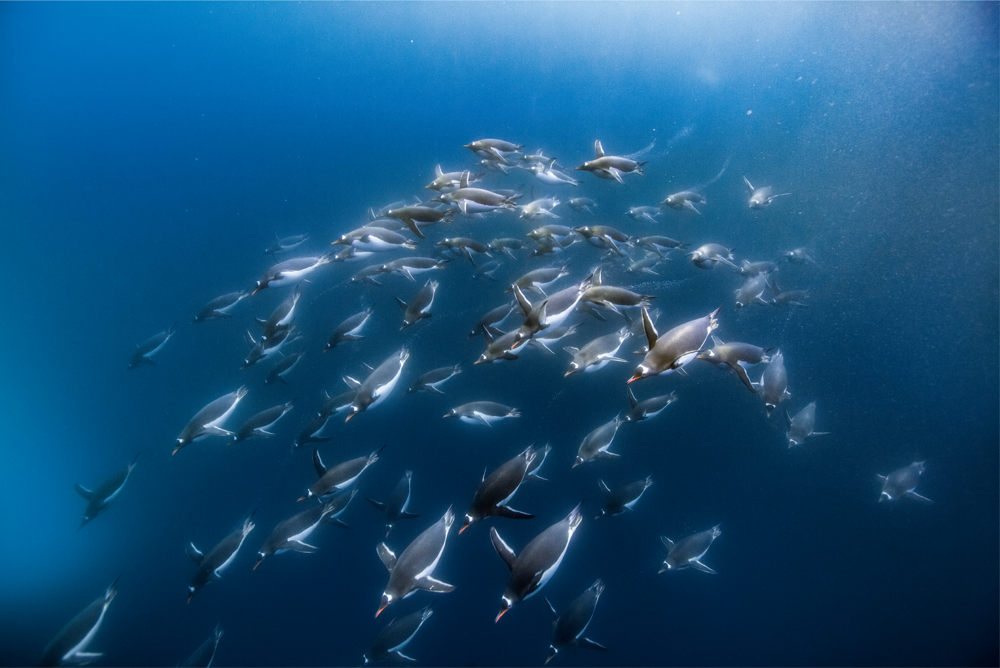
Diving Gentoo penguins – part of a group of more than 100 penguins – offshore of their breeding colony on Danco Island, off the Antarctic Peninsula. They are hunting for krill to bring back for their growing chicks. As the Antarctic sea ice contracted, the Gentoo penguins have expanded their range. This is probably because Gentoos are not so dependent on krill as, say, Adélie penguins, and because their larger size also allows them to dive deeper and catch a greater variety of fish.
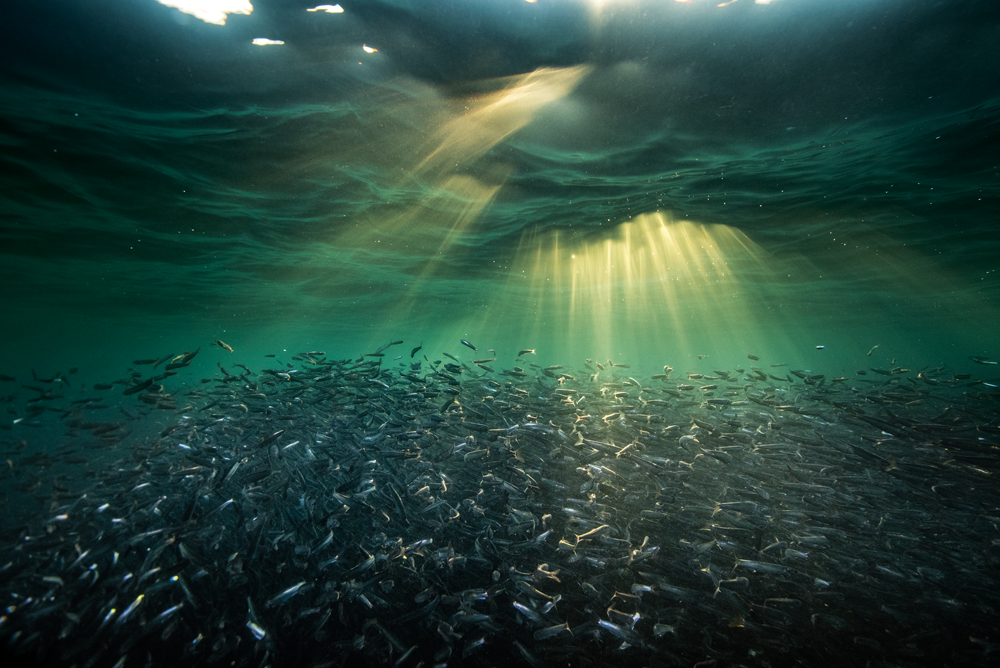
Anchovies at the surface of the Pacific – the world’s deepest and widest ocean. The Pacific controls the world’s weather, shifting heat around and creating global currents and wind patterns as well as fuelling giant storms. Oscillations in the abundance of anchovies are linked to the Pacific cycles.
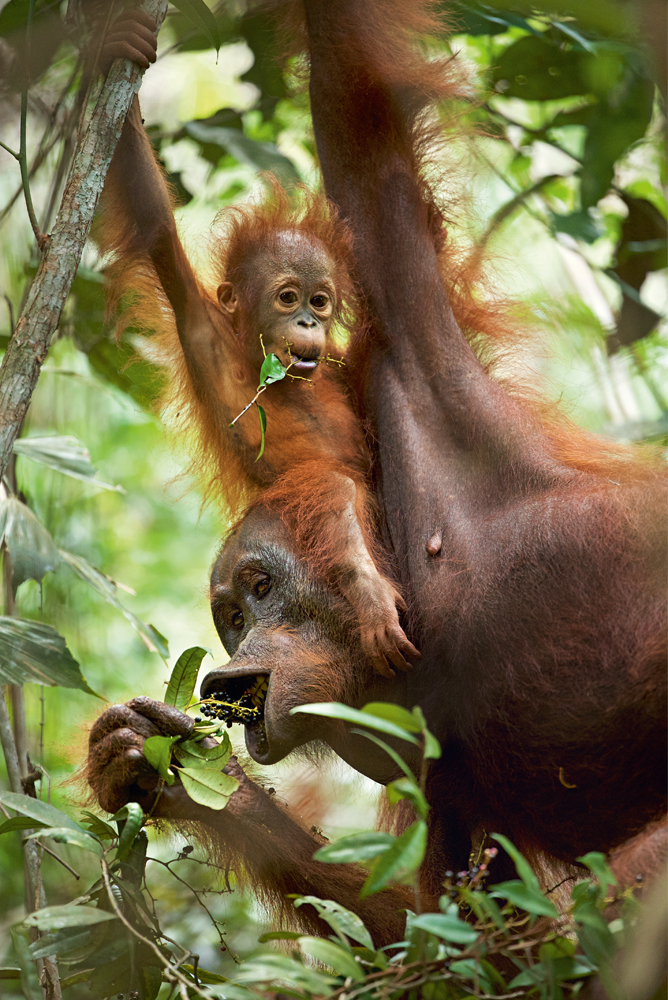
A male Tapanuli orang-utan and a young female look down from their rainforest refuge in Batang Toru, Sumatra. Only recently identified as a third species of orang-utan, it is known just from this one forest region. It has hair that is slightly more frizzy than that of the Sumatran or Bornean orang-utans. Males also have prominent moustaches, as well as flat cheek flanges, and older females have beards. The rugged terrain has protected them from their greatest threat – the clearance of the island’s rainforest to make way for plantations of oil palms. But now a China-backed hydroelectric project planned for the area of highest orang-utan density may make the species the world’s most endangered great ape.
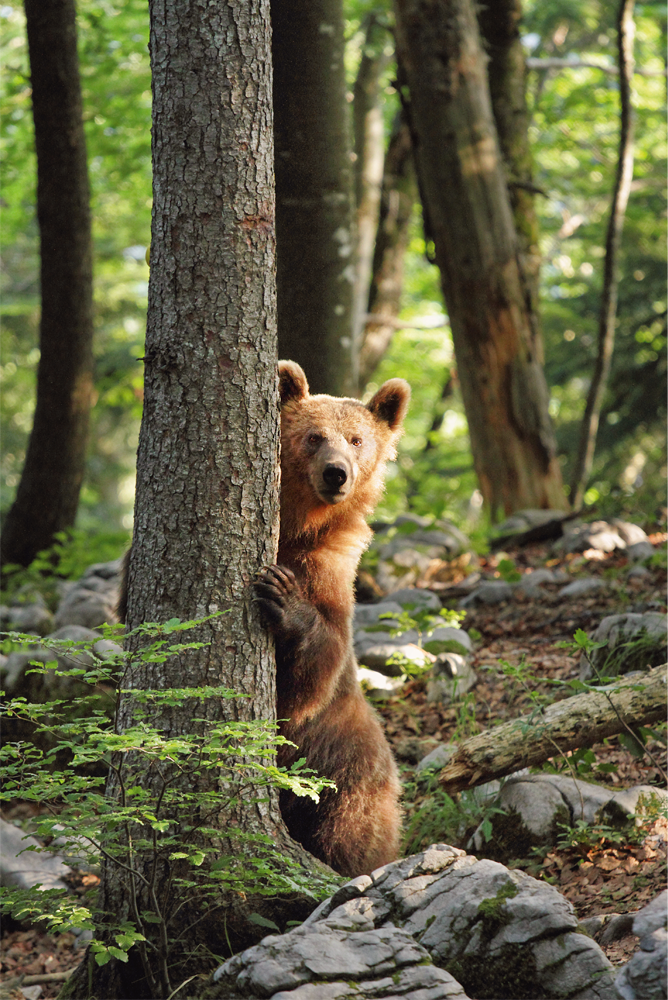
A nervous brown bear peeks out from behind a tree in Slovenia. Its home is mixed deciduous and pine forest in mountains, which has survived logging and where bears have survived persecution. Today, more than half of Slovenia is forested, with a population of about 500 brown bears. Conservationists believe their spread to the Alps now depends on a significant reduction in the numbers killed by hunters and a trans-boundary nature-conservation area being established between Slovenia and Croatia.
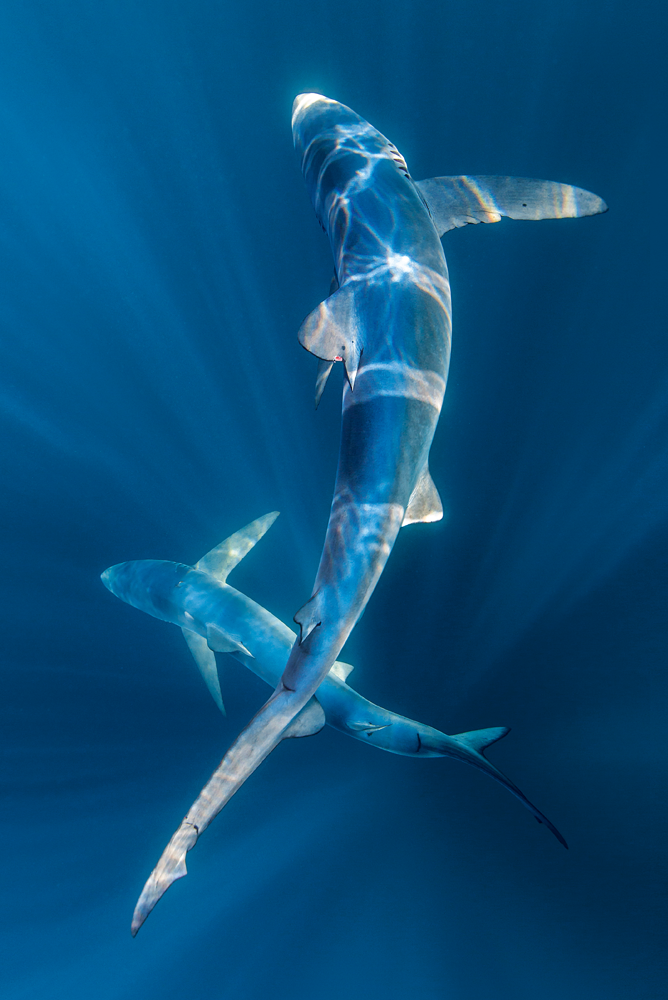
Blue sharks – the most abundant and widespread oceanic shark but also the most heavily fished. About 20 million are caught every year, in driftnets and especially on long lines set for other fish, such as swordfish and tuna, and the unrecorded catch may be a third more. Though blue shark meat is considered almost worthless and most bodies are discarded at sea, there is a lucrative market in the fins. As with so many oceanic fish species, there is no accurate population estimate, and much is unknown about its biology, but declines are being observed across its range.
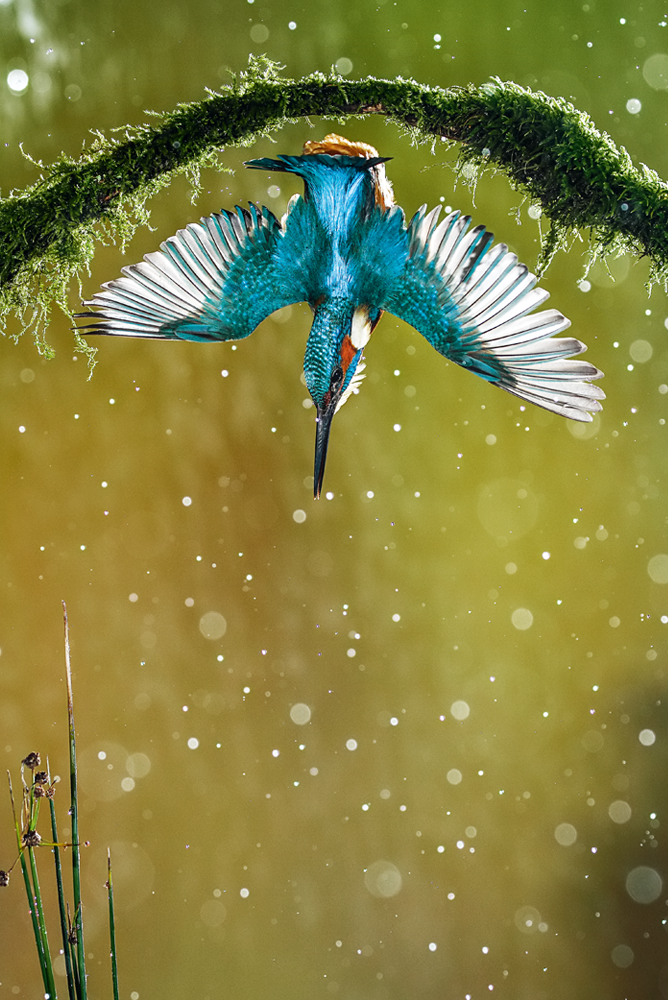
A European kingfisher dives for minnows from a regular perch into a pool beside the River Tormes in Slamanca, Spain. It is the most resplendent member of a freshwater community that depends on oxygenated and unpolluted water. The kingfisher’s long-term decline is thought to be due mainly to river pollution from agricultural-chemical run-off and industrial waste, but the bird is now benefiting from the clean-up of many European waterbodies.
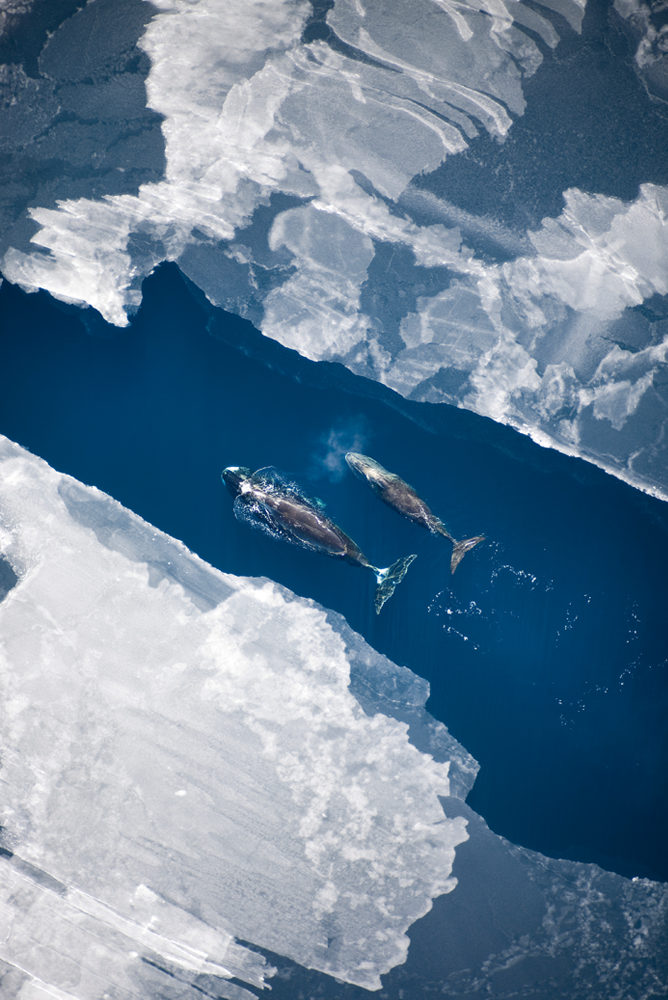
A bowhead whale and her calf surface in the Arctic Ocean ice off the northern coasts of Alaska. Bowheads live among the ice floes, feeding on planktonic animals such as copepods. Extremely thick skulls allow them to break through 18-centimetre ice when they need to create breathing holes.
Our Planet, The official companion to the Netflix documentary series, is out now.